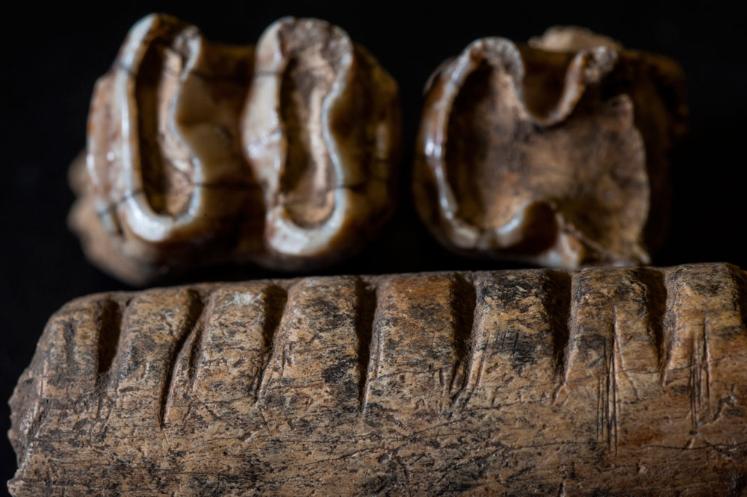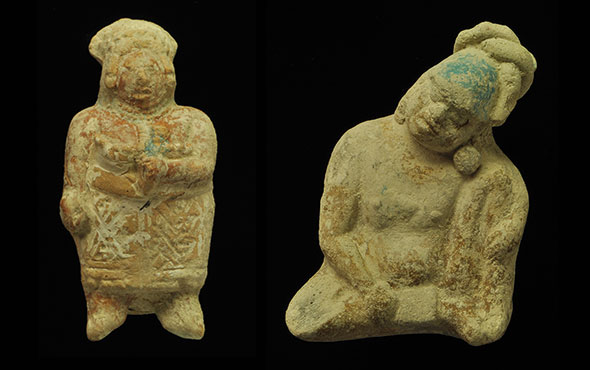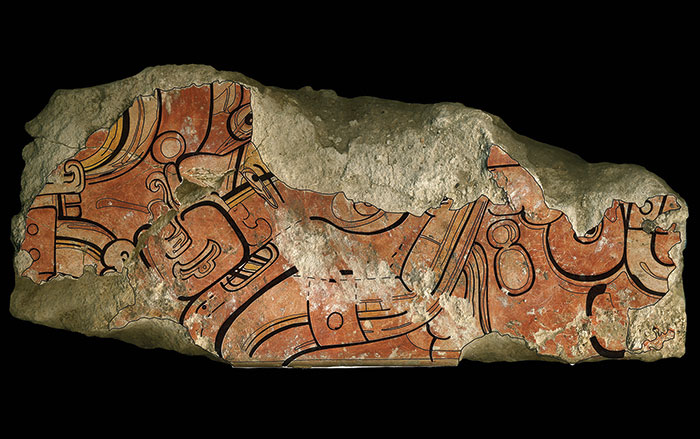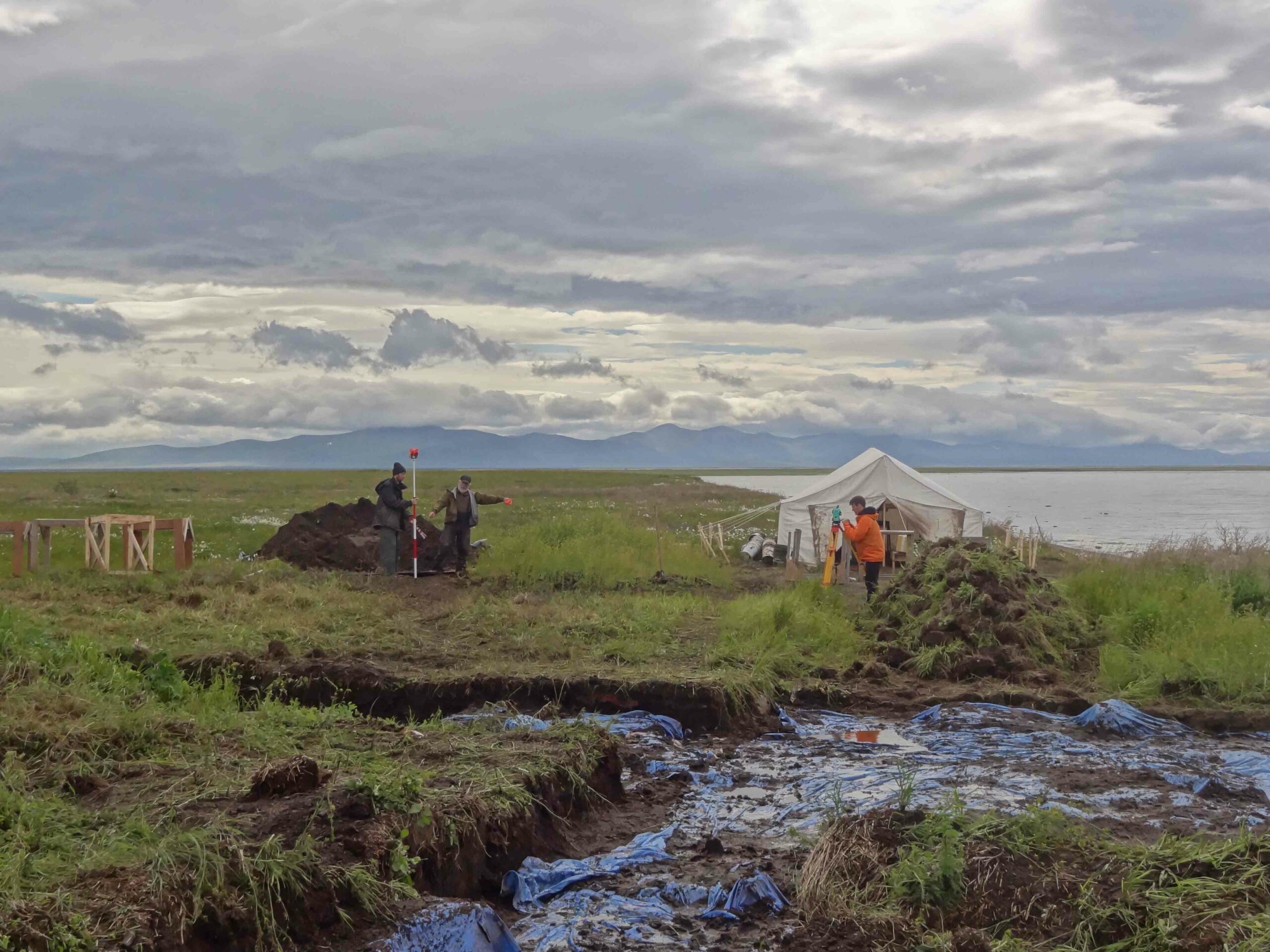
GAINESVILLE, FLORIDA—Ashley Sharpe of the University of Florida and Kitty Emery of the Florida Museum of Natural History examined 22,000 animal remains from three Maya sites in Guatemala—Aguateca, Piedras Negras, and Yaxchilan—that are held in the museum’s collections. “The Maya used animals for things like hides, tools, jewelry, and musical instruments, but they were also vitally important as emblems of status, royalty, and the symbolic world of the gods, and thus often were prime resources jealously guarded by the rich and powerful,” Emery said in a press release. They found that while the royalty ate animals that were considered prestigious delicacies, the middle-ranking elites used the widest variety of animals. The poor ate mostly fish and shellfish from local rivers. Animal products were also transported from deep in the forests and from the ocean to the city centers. “They had complicated systems in place for trade relations, distribution of food and access to species, which varied among the cities and social classes much like they do today,” Sharpe explained. To read more about the ancient Maya, go to "Tomb of the Vulture Lord."










